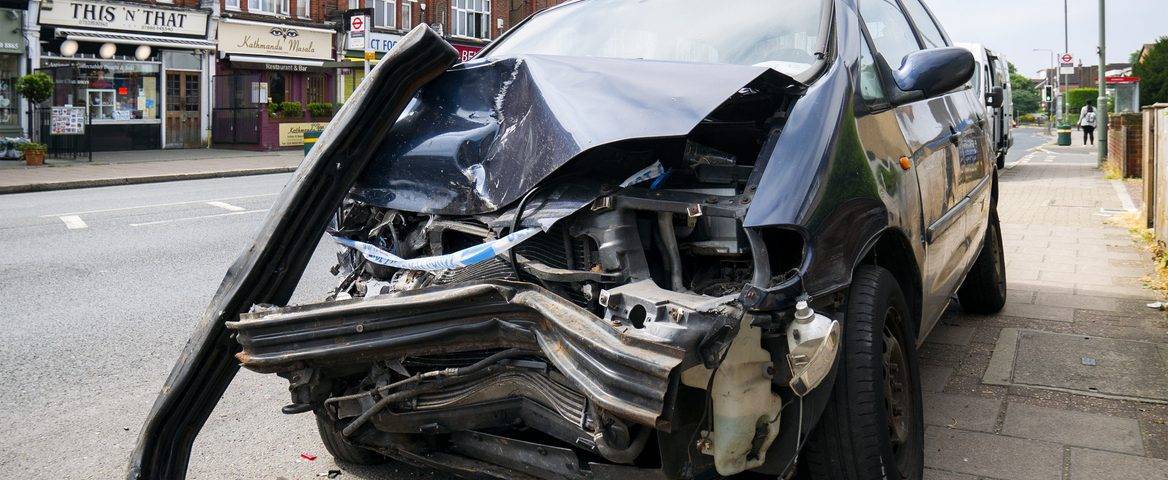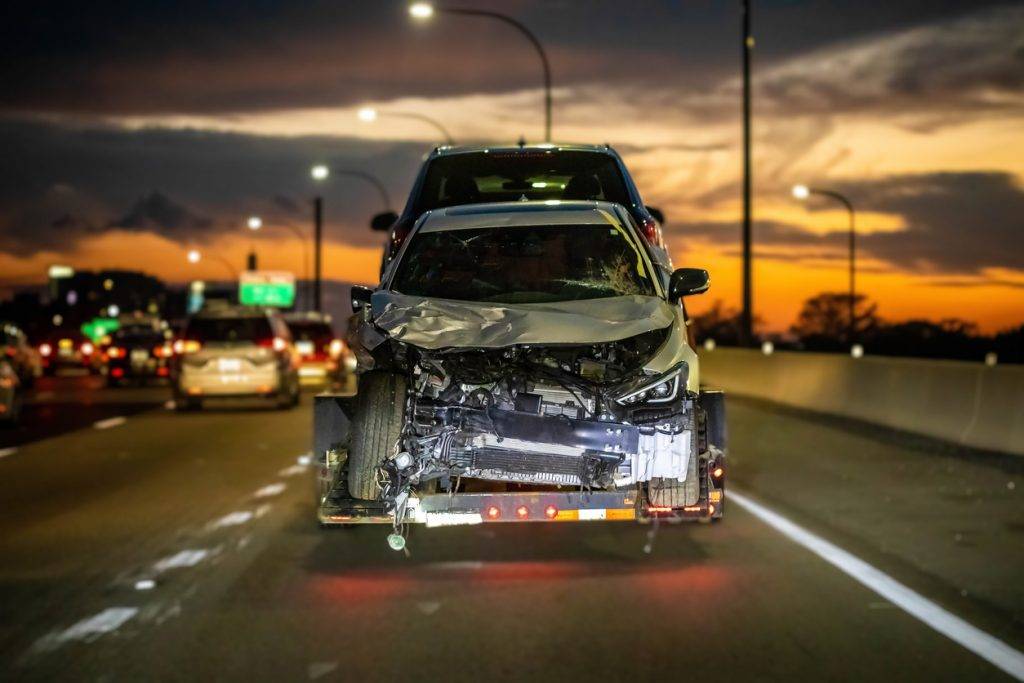- Auto Body Repair - Collision Center
- Leon Valley (210) 680-1987
- Walzem at IH 35 (210) 858-3630
- info@miraclebp.com

What Is A DRP Program For Body Shops? And Why You Should Choose Miracle Instead.

Where is the Best Place to Put a Car Seat?
What Are Front End Collision Safety Features?

A badly damaged car on the side of the road in Beckenham, Kent (Greater London). (Incidental people.)
What Are Front End Collision Safety Features? Listed below are the most important safety features for your car. These include active head restraints, Rearview video systems, Backup cameras, and adaptive cruise control. In case of a collision, these features can detect a front-end collision situation and help the driver avoid it by automatically following the detected vehicle and reducing the need for braking. Some of these features are also helpful when perpendicular or parallel park. Other driver-assistance features include Adaptive cruise control and brake-assist technology.
Active head restraints
A new head restraint system is being developed by Nissan Motor Co., Ltd. that uses body motion to trigger automatic headrest movement. This technology has been shown to reduce the incidence of whiplash neck injuries by as much as 28%. The active head restraint is an added safety feature on new luxury passenger cars. Nissan intends to incorporate this technology in other models of its vehicles in the future.
This innovative system uses a pressure plate that moves rearward to hold the occupant’s head in place. The restraints linkage then moves forward and upward, providing support to the occupant’s head almost instantly. This system is also capable of preventing neck injuries due to the backward motion caused by the collision. However, in some models, customers have reported that the active head restraints are not reliable. In these vehicles, a dealer can replace these head restraints, but it requires tearing apart the front seat.

Rearview video systems
Rearview video systems are a common addition to new vehicles. While safety advocates were divided over the implementation of this technology, the Federal Highway Administration has mandated that all cars under ten thousand pounds come equipped with a rearview camera. This system is crucial in preventing rear-end collisions and includes sensors that detect the presence of objects up to 10 feet behind the vehicle. In addition, this camera provides a real-time view of the space behind the vehicle.
Some studies have demonstrated modest benefits from camera systems, but the reasons behind these lack of efficacy remain largely unclear. In the current study, we hypothesized that underutilisation of rear-view cameras could be the culprit. We hypothesized that an audible warning would improve its efficacy. Therefore, our objectives were to measure how often drivers used their rear-view video system and how it changed when the camera accompanied an audible warning.
Backup cameras
While many people think that backup cameras are an unnecessary safety feature, there are several benefits of these cameras. Backup cameras to help drivers avoid back-over collisions because they help them see what’s behind their vehicle. These devices are largely unobtrusive and are installed in various parts of the vehicle. Most backup cameras have wide-angle lenses that provide a better view than the rearview mirror. In addition, the images produced by these devices are more precise than those of a traditional rearview mirror.
Initially, backup cameras were considered a luxury feature, but they’ve become a common standard. Many cars and even some motorcycles now come equipped with backup cameras. These devices are becoming less expensive and smaller, and the US government has mandated that all vehicles under 10k pounds must have backup cameras to prevent backover collisions. The regulation took effect May 1st, 2018 and gave the auto industry four years to adopt these safety features.
Adaptive cruise control
Adaptive cruise control, also known as active or adaptive cruise control, is a safety technology that uses radar and camera-based sensors to detect other vehicles and objects on the road. It can slow down or accelerate for the driver in traffic jams. The technology works from a minimum speed of 30 km, and some advanced models have features like traffic stop and go that automatically slow down or accelerate a car in front of it. These systems are usually radar-based, and mounted in the grill, but some models use cameras and radar sensors that are located in the windscreen and windshield.
Adaptive cruise control has many advantages over conventional cruise control. In the case of a collision, the technology applies forceful brakes when necessary. It can also mitigate the risks of rear-ending a vehicle in front, which is especially helpful in congested traffic. While ACC has many advantages, it has also a few disadvantages. Many people may not want to use it, but some automakers are now including it as an optional feature in their models.
Lane-departure warning systems
The lane-departure warning is one of several safety features that have been designed to address a particular type of crash. According to research from the Insurance Institute for Highway Safety (IIHS), this technology is effective in reducing crashes involving at least one car that leaves its lane. Another front-end collision safety feature is blind spot detection, which has proven to be effective in reducing lane changes.
This feature is a camera-based driver-assistance feature that will alert the driver if their car begins to stray from its lane. These systems can warn the driver by sound, vibrations of the steering wheel or seats, or visual cues. Some lane-departure warning systems have sensors in their backup cameras to detect objects behind the vehicle. They can even help prevent a collision by automatically braking if the vehicle is drifting in a direction opposite to the lane.
Parking sensors
Often included in a vehicle’s safety package, parking sensors can help you maneuver into tight parking spaces while reducing damage to your vehicle and property. These sensors are also used to help determine whether a car is safe after a collision by using crash test dummies. By making potential hazards more visible, these safety features can help reduce the number of collisions and increase the safety of all drivers on the road.
Rear cross-traffic alert, rearview camera, and parking sensors significantly reduced the number of backing crashes. These three systems reduced the chance of rear collisions by up to 78 percent, while the total number of rear crashes involving those vehicles was 42 percent lower. These safety features could potentially help eliminate three out of four backing collisions. While some vehicles have these systems, others do not. Regardless of what features your vehicle has, the safety benefits from using them will far outweigh any disadvantages.
Miracle Body and Paint has been serving San Antonio for over 38 years. We offer a lifetime guarantee and work for you not your insurance company.

